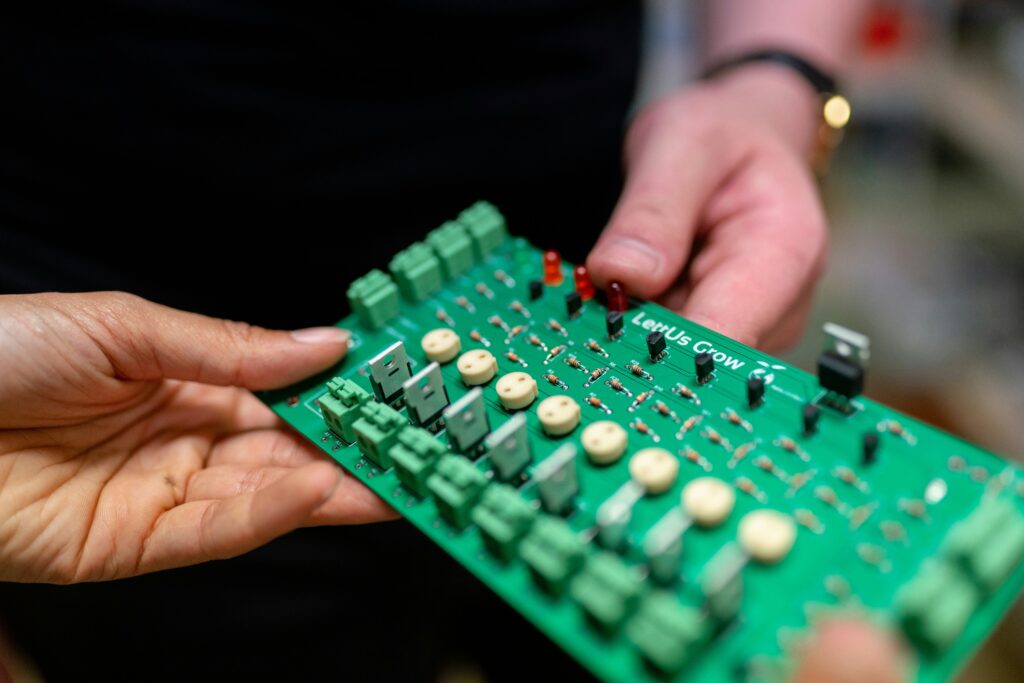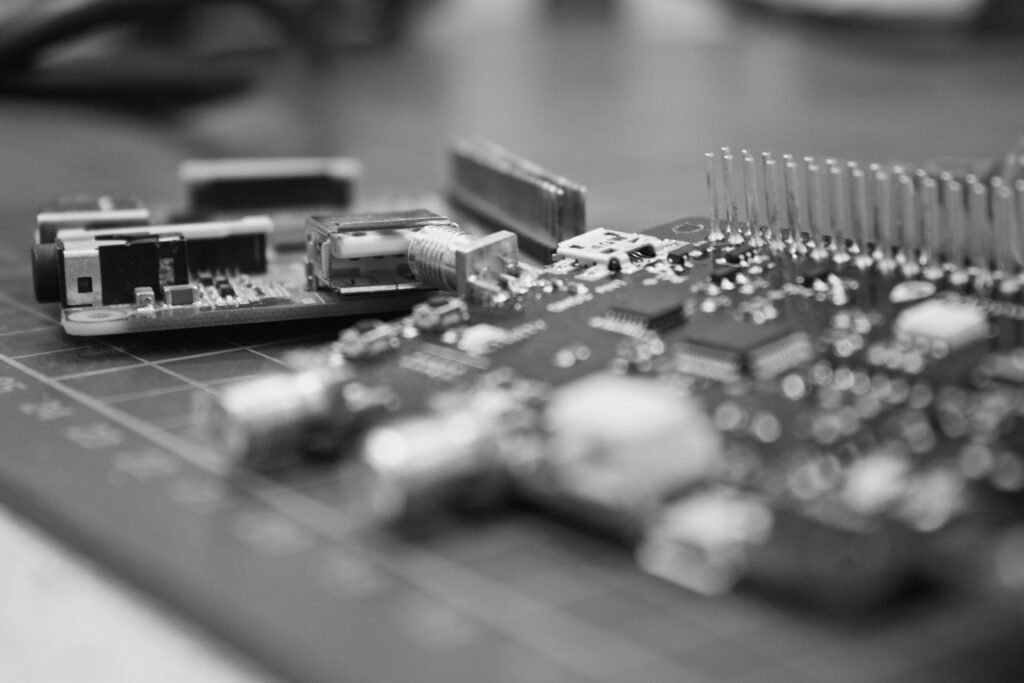LED soldering failures destroy projects. Frustrating, right? Don’t risk cracked joints or dead LEDs. I melted three boards before perfecting this method. Use my exact technique.
Tin LED legs and PCB pads first. Place LED accurately, heat the pad until solder flows, then connect. Cool naturally for strong bonds. Simple steps prevent 90% of beginner errors.

Soldering LEDs appears easy but demands precision. Mistakes create dim lights or broken circuits. Let’s explore deeper design insights so your LEDs shine for years.
How to Design a Robust LED Circuit Board?
Poor designs cause flickering and burnout. I wasted months fixing thermal issues. Why risk repeating my pain? Build reliability from the start.
Robust LED PCBs need proper trace width for current flow, thermal relief pads, and copper layers for heat spreading. Always calculate voltage drop first. This prevents heat damage in LED strip PCB boards.

A strong foundation matters most. Consider three key elements:
Electrical Design Priorities
| Factor | Rule | Why It Matters |
|---|---|---|
| Trace Width | Minimum 0.5mm per 500mA | Prevents overheating in Pcb Led light |
| Voltage Drop | Keep below 3% of total | Avoids dimming in RGB PCB Led strips |
| Clearance | 0.3mm between traces | Stops short circuits in SMD Led PCB boards |
I once designed tracing too thin. It melted within hours. Now I check calculations twice.
Thermal Management Secrets
Never ignore heat. High-power LEDs need thermal vias under components. They conduct heat away. Add copper-filled areas around pads.
Aluminum core PCBs work best for LED light boards.
Cooler boards survive 10x longer. Simple copper pours lowered my test temperature by 22°C.
Material Selection
FR-4 material suffices for low-power SMD LED PCBs. Metal Core PCBs (MCPCBs) handle high-power LED pcb boards better. They dissipate heat three times faster in led light pcb designs.
Is Your LED Light Circuit Board Overheating?
Overheating kills LEDs faster than bad soldering. I measured burned boards hitting 120°C. Scary! Stop thermal damage today.
Check solder joints: brown spots mean overheating. Improve airflow or spread loads. Add heat sinks if LED pcb components exceed 60°C. Lower current by 10% to extend lifespan.

Troubleshooting requires methodical steps:
Common Causes Table
| Symptom | Likely Cause | Immediate Fix |
|---|---|---|
| Discoloration | Excessive current | Reduce voltage by 0.5V |
| Flickering | Poor solder joints | Reflow SMD led connections |
| Half strip dark | Voltage drop issues | Add power input points |
Prevention Tactics
First, space LEDs widely on custom led pcb layouts. Crowded LEDs bake each other. Next, choose 2oz copper boards which handle heat better than standard 1oz in led pcb design. Finally, test with thermal camera before finalizing pcb led design.
Repair Options
Badly scorched boards? You need replacements. For mild cases, add thermal tape to pcb led strips. It spreads heat evenly across led strip pcb board surfaces. Cut damaged sections if using led pcb strips.
How to Finding the Right LED PCB for Your Project?
Choosing incorrectly ruins functionality. I bought boards that lasted only weeks. Match specs to your exact needs.
Consider voltage/current needs, space limits, and environmental conditions. For flexible strips use polyimide, for bright displays choose MCPCBs. SMT ready designs accelerate assembly for pcb led lights.

Perfect matching requires three evaluations:
Specification Checklist
| Project Type | PCB Type | Ideal Features |
|---|---|---|
| Home Lighting | Aluminum PCB | Thermal vias & epoxy coating |
| Wearables | Flex PCB | Ultra-thin (<0.8mm) layers |
| Industrial Displays | Heavy Copper | 3oz copper & wide traces |
I learned this after frying prototypes in rainy testing.
Critical Questions
Ask vendors these: Can they handle custom led pcb shapes? What's their solder mask quality? Do they test rgb pcb led patterns? Demand samples before bulk orders.
Budget vs Performance
Standard FR-4 suffices for basic led light pcb designs. Upgrade to aluminum cores for power-hungry pcbs led light. Mass production? Specify exact SMT pad sizes for your smd led pcb components to avoid costly machine adjustments.
Conclusion
Clean tinning ensures LED soldering success. Match pcbs to project needs and prevent overheating. Robust designs last for years. Start soldering today!



